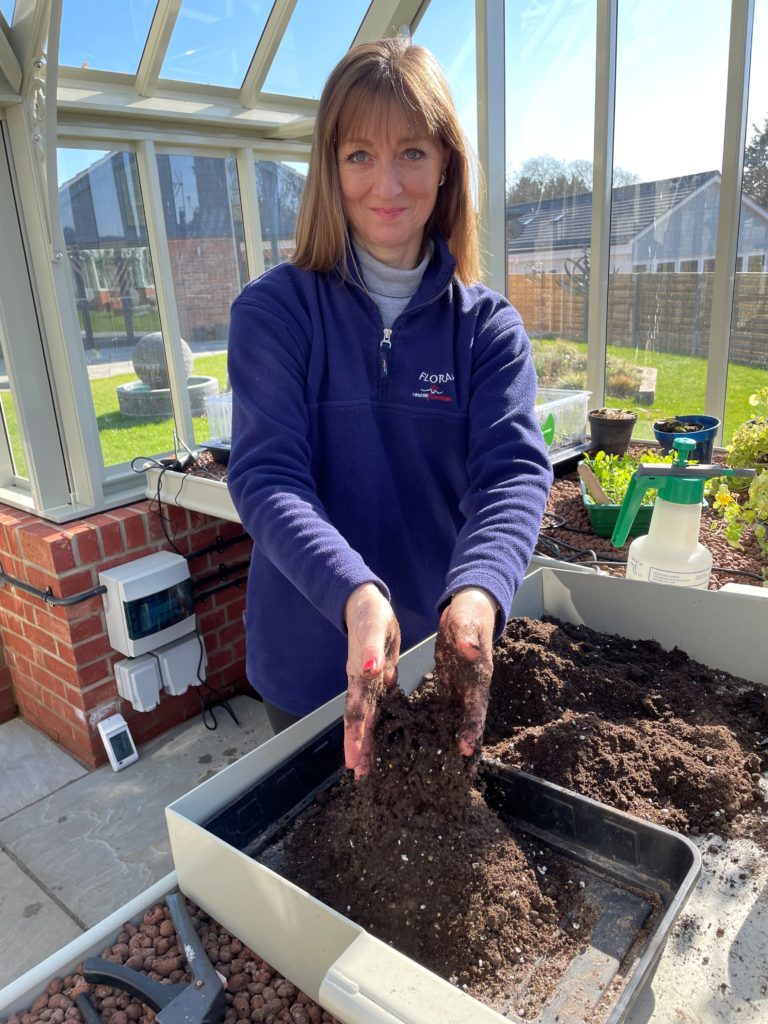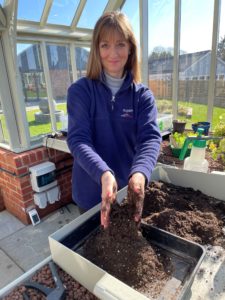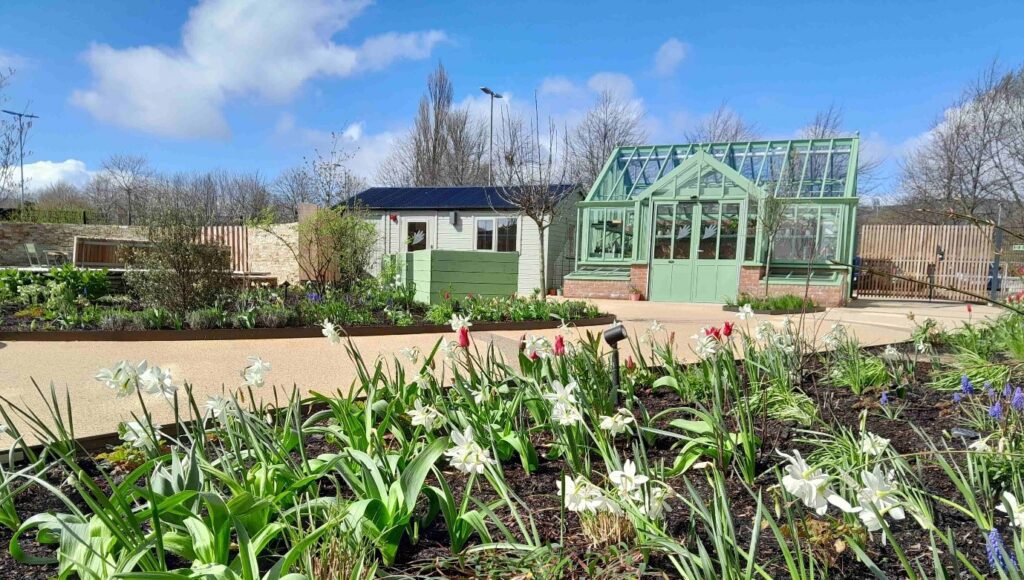Mar
2022
It’s time to start getting your hands dirty

Linda Lane is managing director of the family-owned and managed Griffin Glasshouses, now in its 53rd year. The grow your own revolution continues across the UK and Linda firmly believes that a greenhouse is a cornerstone for success.
March really does herald the beginning of real work in the greenhouse. You may have already started off some early fruit and vegetables, but this is the month when growing really kicks off. So, throw open the greenhouse doors and windows (unless of course, it is frosty or a gale), give it a thorough spring clean and get ready for some proper gardening.
The first task is to ensure that all seedboxes, pots and acetate covers are thoroughly clean. Keep all your seeds cool but frost fee and dry and don’t leave them in the greenhouse overnight. Order plenty of seed compost and, if you use it, vermiculite or some other preferred seed covering. Another important thing to make sure is that you have plenty of plant labels and permanent marker pens.
Some plants need heat to germinate and a heated propagator is almost essential. This is particularly important for tomato and cucumber seeds and, if you grow them, melons. In March the temperature in the greenhouse can fluctuate wildly so, on warm, sunny days when the mercury can shoot up, be prepared to turn off the heating in propagators, remembering to switch back on at night. Open greenhouse windows and doors but close up at night.
Seedlings that are coming through will need shading from midday sun and make absolutely sure that you do not get water onto their young, tender leaves. Conversely, it can also be very cold in March so be prepared to cover seeds and seedlings with horticultural fleece.
If you have been overwintering plants, March is the perfect time to start feeding with liquid fertilizer and, if you are growing citrus plants do make sure you use a spring/summer feed. Plants will be waking up and regular watering – not drenching – will help them switch on to spring growth. Don’t get water onto emerging or existing foliage.
If you have overwintered geraniums, now is the time to pick off the old, brown leaves. They will really benefit from a liquid feed. If you plant out your own hanging baskets, begin to prepare them towards the end of the month but keep them inside the greenhouse.
Some seedlings will grow on rapidly so be prepared to prick them out into clean 3” pots filled with potting compost – not seed compost. Keep them moist but not soaking.
If you are planting summer cabbage seeds I think it is best to use growing cells. They are easy to pot on for planting out once the danger of frost is over. To ensure a good continuity for the kitchen, plant them out at three weekly intervals.
Other vegetables to plant in the greenhouse in March include Brussel sprouts, cabbages, cauliflower, purple sprouting broccoli, leek, lettuce, runner, French and broad beans, sweet corn, chard, perpetual spinach, aubergine, celery, carrots and some herbs.
If you have not already done so, now is the month to plant first early potatoes in grow bags that stay in the greenhouse. Put three or four inches of general growing compost in the bottom and space out the potatoes that have already been chitted. Gently push them down into the soil, cover them with another three inches of compost and water. Make sure they are in a leak-free and frost-proof area. As the leaves emerge cover and continue until they reach the very top. Keep moist but not waterlogged.
A frequent complaint about potatoes is their lack of taste. A good friend of mine was advised by the late Peter Seabrook to plant Jazzy seed potatoes. They don’t grow very big but, apparently, have a lovely taste. I shall give them a try this season.
Good gardening,
Linda <linda@griffinglasshouses.com>














